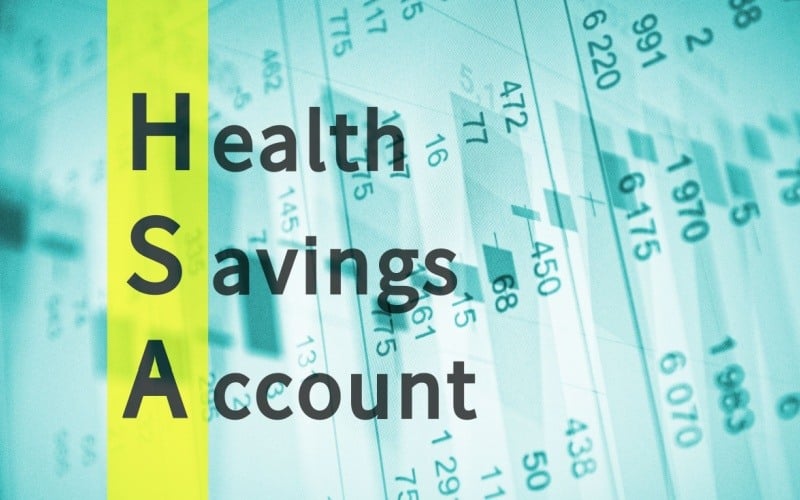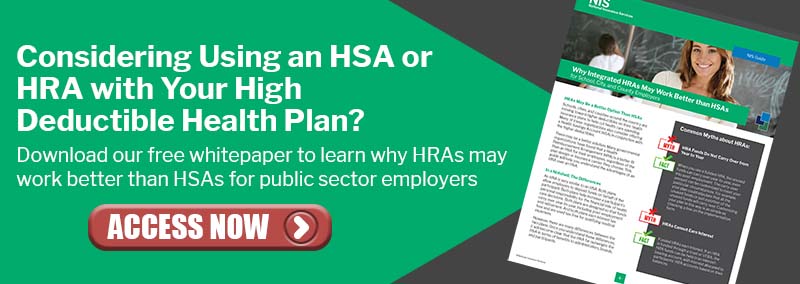2 minute read
The Congressional Research Service (CRS) has updated its 2025 report on health savings accounts (HSAs), providing key insights for Congress to consider.
An HSA is a tax-advantaged account linked to a high-deductible health plan (HDHP), allowing individuals to save for medical expenses. In 2024, 39% of private and public sector workers had access to an HSA through their employer.
The CRS report compiles key statistics on HDHPs and HSAs, and outlines HSA rules, qualifications, and 2025 plan limits. Here are some highlights of the main findings of the report.
HSA-qualified HDHP Enrollment
HSA-qualified HDHP enrollment rose until 2020 but has since stabilized. In 2021, the IRS reported 2 million tax returns with individual HSA contributions (1.2% of filed tax returns) and 12.1 million with employer contributions (7.5% of filed tax returns).
The IRS noted a rise in tax returns for both individual and employer HSA contributions from 2004 to 2019, with employer contributions increasing more rapidly. Since 2019, both have declined, indicating that HSA-qualified HDHP enrollment has stabilized since 2020.
HSA Withdrawals
The IRS reports a rise in nonrollover HSA withdrawals from 2004 to 2020, with 8.8 million returns (5.5% of total) in 2021, and 4% of these were taxable for nonqualified expenses.
Here are key insights on HSA withdrawals:
- Since 2017, individuals aged 26-34 have shown lower withdrawal rates, likely due to less time to build balances and fewer healthcare expenses.
- Higher adjusted gross income (AGI) brackets, especially $500,000 to $999,999, see more non-rollover withdrawals.
- In 2021, data shows increased withdrawal prevalence as AGI rises to $1 million across all ages.
Data Challenges
The latest CRS report highlights data challenges in HDHP enrollment and HSA utilization due to limited information on HSA-eligible employees. HSAs and HDHPs are separate products, often managed by different institutions, complicating data collection. For instance, if an HSA is set up with a bank, insurers may know eligibility but lack insights into HSA activities like contributions and withdrawals.
HSA institutions often lack insight into individual eligibility, and insurers can't track HSA activity due to the absence of a unified data source, limiting research to HSA-qualified HDHP enrollees or HSA holders.
Conclusion
HDHPs and HSAs empower employees to save for future medical costs. By staying informed on benefits usage and trends, employers can enhance their offerings. Employers should continue to monitor benefits trends, employee utilization, and spending. Download the bulletin for more details.

